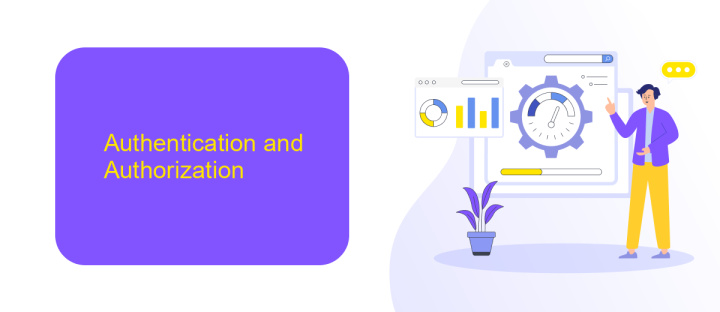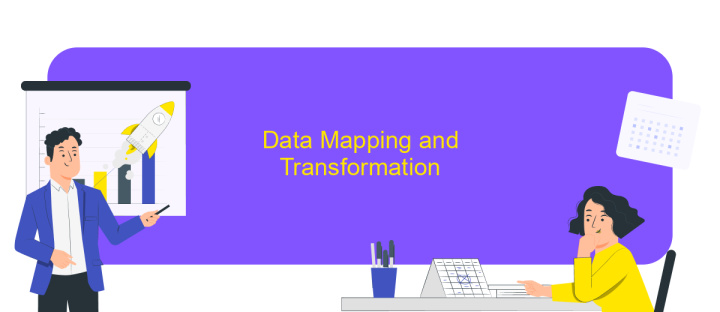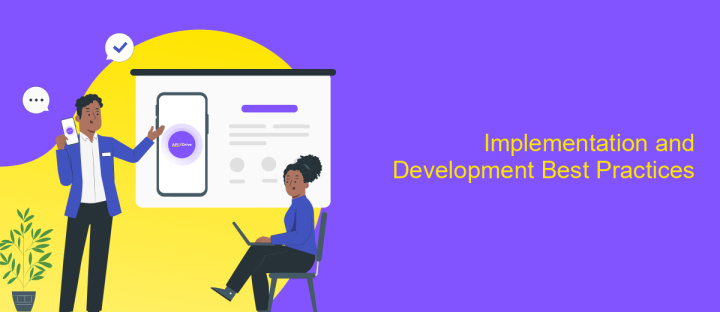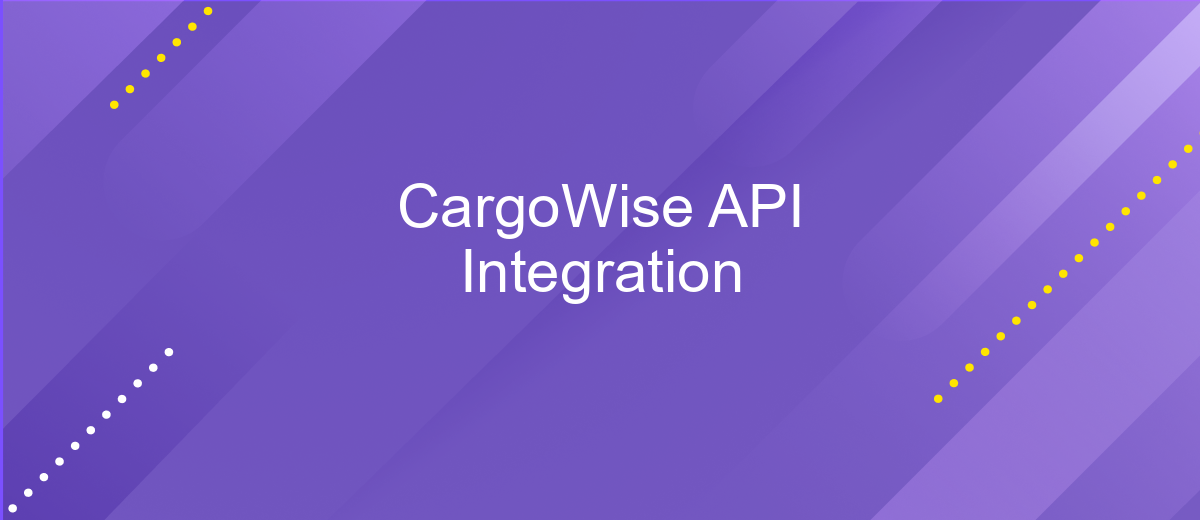CargoWise API Integration
In today's fast-paced logistics landscape, seamless data exchange is crucial for operational efficiency and competitiveness. CargoWise API integration offers a powerful solution for businesses aiming to streamline their supply chain processes. By enabling real-time data synchronization and enhanced connectivity, this integration empowers companies to optimize workflows, reduce manual errors, and achieve greater visibility across their logistics operations, ultimately driving growth and customer satisfaction.
Understanding the CargoWise API
The CargoWise API is a powerful tool that allows businesses to integrate with the CargoWise platform, enhancing their logistics and supply chain operations. Understanding how this API functions is crucial for developers aiming to streamline data flows and automate processes. It provides a seamless connection between CargoWise and other systems, enabling efficient data exchange and improved operational efficiency.
- Authentication: The API uses secure methods to ensure only authorized users can access data.
- Data Exchange: It supports various data formats, facilitating smooth integration with different systems.
- Scalability: Designed to handle large volumes of data, it scales according to business needs.
- Comprehensive Documentation: Detailed guides and resources aid developers in implementing the API effectively.
By leveraging the CargoWise API, companies can enhance their logistics capabilities, reduce manual data entry, and improve accuracy across their operations. Its robust features and flexibility make it an essential component for businesses looking to optimize their supply chain processes. Whether you're a developer or a business strategist, understanding the CargoWise API can unlock new efficiencies and drive growth in a competitive market.
Authentication and Authorization

Integrating with the CargoWise API requires a robust authentication and authorization process to ensure secure data exchange. The API employs OAuth 2.0, a widely adopted standard for secure token-based authentication. To initiate the process, developers must first register their application with CargoWise, obtaining a unique client ID and secret. These credentials are essential for generating an access token, which grants the application permission to interact with CargoWise resources. The access token is time-limited, necessitating periodic refreshes to maintain uninterrupted communication.
For those seeking a streamlined integration process, services like ApiX-Drive can be invaluable. ApiX-Drive simplifies the setup by providing a user-friendly interface to connect various applications, including CargoWise, without extensive coding. It manages authentication complexities, allowing developers to focus on building functional features rather than dealing with intricate security protocols. By leveraging such services, businesses can enhance their operational efficiency and ensure their data exchanges are both secure and compliant with industry standards.
Data Mapping and Transformation

Data mapping and transformation are critical steps in ensuring seamless integration with the CargoWise API. These processes involve aligning data formats and structures between the CargoWise system and external applications, facilitating accurate data exchange and minimizing errors. Properly executed data mapping ensures that information such as shipment details, customer data, and inventory levels are consistently and accurately transferred between systems.
- Identify data fields in both the source and target systems that need to be mapped.
- Define transformation rules to convert data into compatible formats where necessary.
- Implement validation checks to ensure data integrity during the transformation process.
- Test the data mapping and transformation process to identify and resolve any discrepancies.
- Document the mapping and transformation processes for future reference and maintenance.
Effective data mapping and transformation are vital to the success of CargoWise API integration, as they enable businesses to maintain data accuracy and consistency across platforms. By following structured mapping procedures and implementing robust transformation rules, organizations can enhance operational efficiency and ensure that critical data flows smoothly between systems, supporting informed decision-making and optimized logistics operations.
Implementation and Development Best Practices

When integrating with the CargoWise API, it's crucial to ensure a seamless and efficient process. This involves understanding the API documentation thoroughly and setting up a robust development environment. Familiarize yourself with the API endpoints, authentication methods, and data formats to streamline the integration process.
During development, prioritize testing and validation to catch any potential issues early. Utilize sandbox environments to simulate real-world scenarios without affecting live data. This approach helps in identifying performance bottlenecks and ensures that the integration meets business requirements.
- Adopt a modular approach to development for easier maintenance and updates.
- Implement comprehensive error handling to manage API response failures gracefully.
- Document your integration processes and code for future reference and team collaboration.
- Regularly review and update your integration as CargoWise API evolves.
Finally, engage with the CargoWise developer community for insights and support. Sharing experiences and solutions can lead to more innovative approaches and help overcome common challenges. By adhering to these best practices, you can achieve a successful CargoWise API integration that enhances your operational efficiency.
- Automate the work of an online store or landing
- Empower through integration
- Don't spend money on programmers and integrators
- Save time by automating routine tasks
Testing, Deployment, and Maintenance
Testing the CargoWise API integration is a critical phase that ensures the seamless functionality of the system. It involves unit testing, integration testing, and user acceptance testing to identify and fix potential issues. Automated testing tools can be utilized to streamline this process, ensuring that the integration meets all business requirements. Additionally, leveraging services like ApiX-Drive can simplify the testing phase by providing pre-built connectors and facilitating data flow between systems, thereby reducing the complexity of the integration process.
Deployment of the CargoWise API integration should be carefully managed to minimize disruption. It is advisable to deploy during off-peak hours and have a rollback plan in place. Continuous monitoring and logging are essential to quickly identify and resolve any issues post-deployment. Maintenance involves regular updates and performance checks to accommodate API changes and enhance functionality. Utilizing platforms like ApiX-Drive can aid in maintaining the integration by offering real-time monitoring and alerts, ensuring that the integration remains robust and efficient over time.
FAQ
What is CargoWise API Integration?
How can I start integrating with CargoWise API?
What are the benefits of integrating with CargoWise API?
Are there tools available to simplify CargoWise API Integration?
What should I consider before integrating with CargoWise API?
Do you want to achieve your goals in business, career and life faster and better? Do it with ApiX-Drive – a tool that will remove a significant part of the routine from workflows and free up additional time to achieve your goals. Test the capabilities of Apix-Drive for free – see for yourself the effectiveness of the tool.


